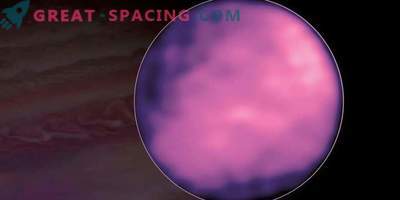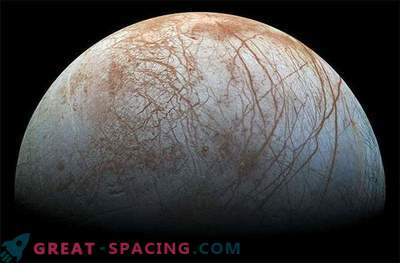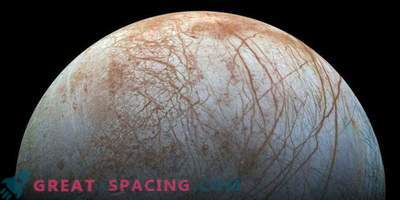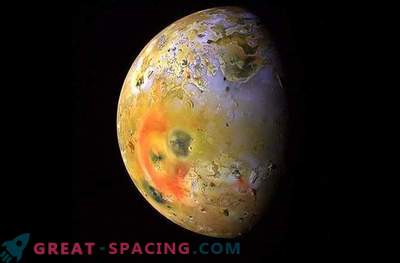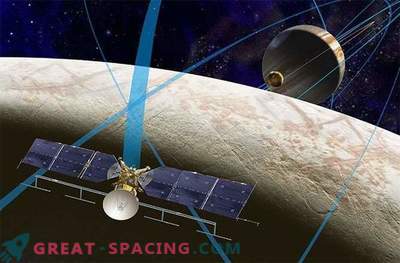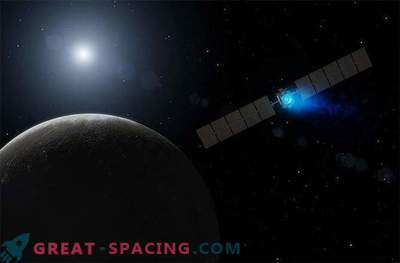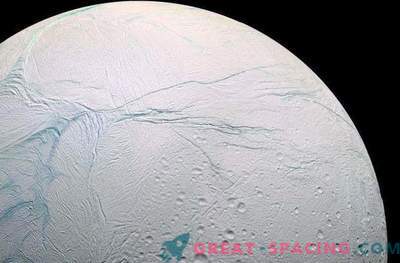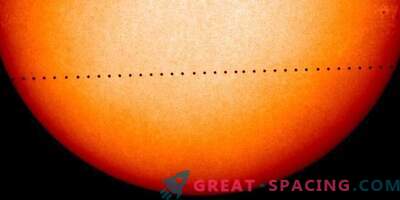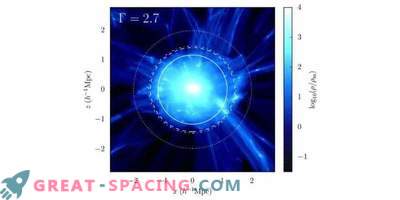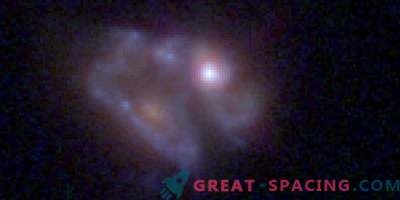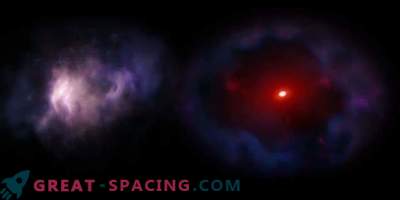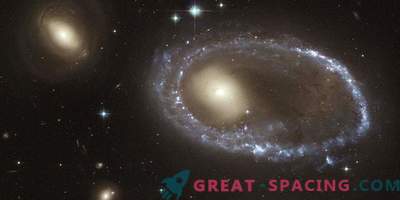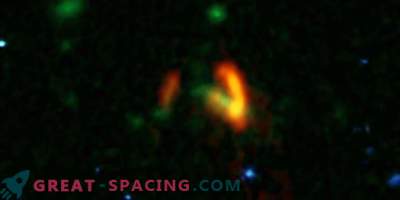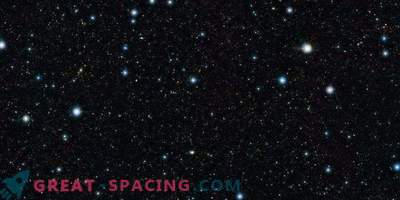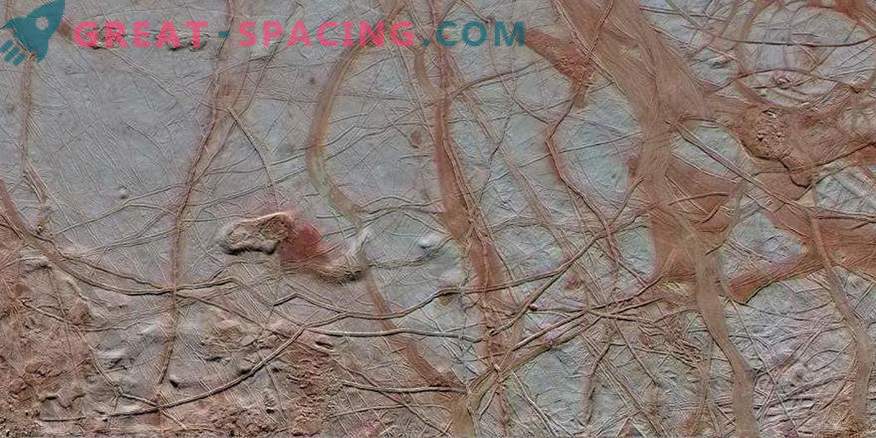
The extended color view shows 350 x 750 km of the surface of Jupiter’s satellite in Europe. New research proves that the surface can be 95% porous, allowing the spacecraft to sneak in
Landing on Europe (the moon of Jupiter) spacecraft may fall into the trap of optical illusion. New research shows that the satellite surface has a low density.
The author of the study is Robert Nelson, who studies the photopolarimetric properties of bright particles. They explain the unusual behavior of negative polarization at low phase angles observed for decades in such bodies as asteroids 44 Nys, 64 Angelina and the Galilean satellites.
The situation is explained by extremely fine-grained particles whose void area exceeds approximately 95%. Their size is of the order of the wavelength of light (micron fraction). If to compare, the material is inferior in density to freshly fallen snow. The findings hint at the danger of a spacecraft landing on the surface of Europe. For the observations, a goniometric photopolarimeter of new design, located in California, was used. Aluminum oxide was used as powders, which is an excellent analogue of regolith for airless bodies with high albedo in our system, including objects with water ice, such as Europe.
Even before the landing of the Luna-2 ship in 1959, there were fears that the earth’s satellite might be covered with low-density dust, which would interfere with the work of the astronauts. However, surveys of distant objects study only the most external microns of the surface.




